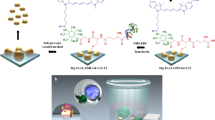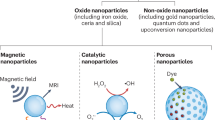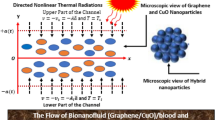Abstract
In human body, nanorobot-like red blood cells get exposed to human body fluids and many physico-chemical changes inside while these nanorobots (fullerene structure coated hemoglobin embedded iron inorganic elements) remain safe and perform killer action against bacteria or virus. We propose this killer action as ‘nanorobot driven nanomedical treatment’ to combat a bacterial or viral infection. The red cells also act as imaging agent due to oxygen binding character. Our experiments were focused on the application of nanorobot (red cells) to make them immune resistant against viruses and making them as useful contrast agents in magnetic resonance imaging use based on their behavior in nanomagnetic fields. It consists of an injection of perhaps a few cubic centimeters of nano-sized nanorobots suspended in specific pH fluid (probably a water/saline suspension). The typical therapeutic concentration was up to 1-10 trillion (1 trillion = 10 raise to power 12) individual nanorobots, although in some cases treatment only require a few million or a few billion individual nanodevice-like red cells to be injected. Each nanorobot cell was on the order of perhaps 0.2 micron up to perhaps 0.3 microns in diameter e.g. artificial mechanical red cell floating along in the bloodstream. Nanorobots intended to travel through the bloodstream to their target will probably be 500-3000 nanometers. New technology of ‘passive diamond exteriors’ may turn out to be ideal to make immunoresistant nanorobot red cells against opsonization. Since nanorobot red cells metabolize local glucose and oxygen for energy, they are potential contrast agents for 13C-MRI, ultrasound imaging and physiological or fMRI. We believe the near possibility of travelling nanorobot carrier cells holding nanocomputer CPU working at the rate of 10 teraflops (10 raise to the power 13 floating-point operations per second) as nanomedicine robot devices. Nanorobot red cells in medical applications may be used in the form of red cells coated with diamond or diamondoid/fullerene nanocomposites in presence of inorganic elements like hydrogen, sulfur, oxygen, nitrogen, fluorine, silicon etc. for special purpose in nanoscale gears.
Similar content being viewed by others
Article PDF
Author information
Authors and Affiliations
Corresponding author
Rights and permissions
About this article
Cite this article
Sharma, R., Kwon, S. & Chen, C. Biological robotics and nanorobotred cells: Characterization and applications. Nat Prec (2010). https://doi.org/10.1038/npre.2010.4262.1
Received:
Accepted:
Published:
DOI: https://doi.org/10.1038/npre.2010.4262.1



